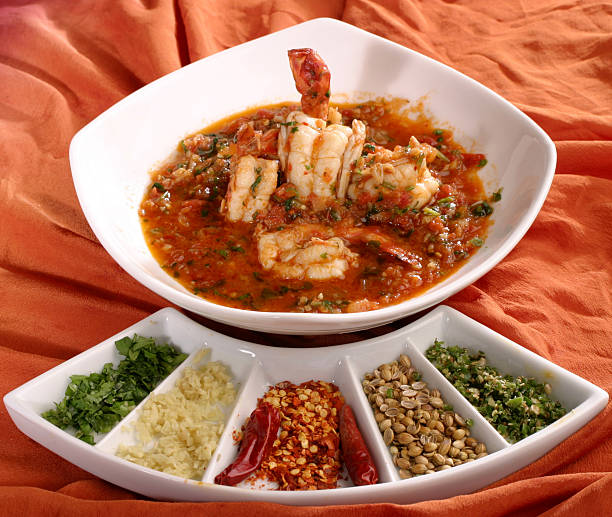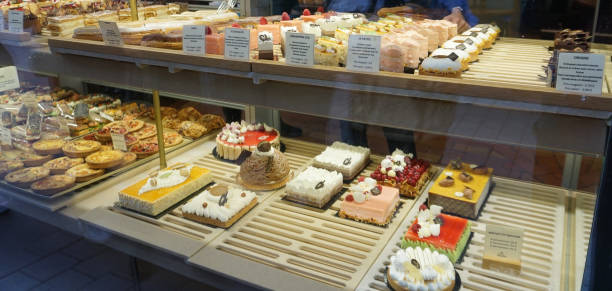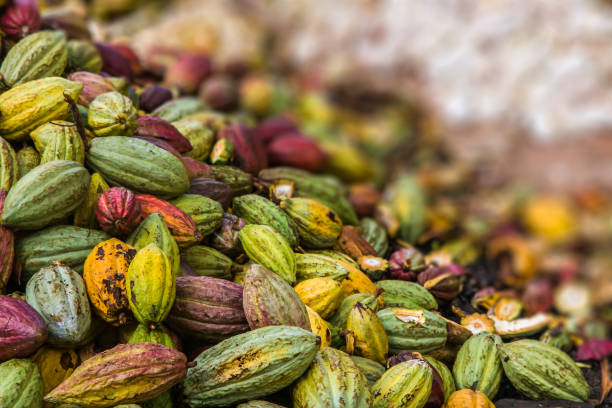Sri Lankan cuisine, often overshadowed by the culinary giants of its neighboring countries, is emerging as a hidden gem on the global food scene. This small island nation, nestled in the Indian Ocean, boasts a rich tapestry of flavors that reflect its diverse cultural influences, colonial history, and abundant natural resources. In recent years, Sri Lankan food has been gaining recognition for its unique blend of spices, aromatic herbs, and innovative cooking techniques.
At the heart of Sri Lankan cuisine is rice, a staple that accompanies nearly every meal. Whether it’s the fragrant biryani, the beloved coconut-infused rice, and curry, or the iconic string hoppers, rice is an integral part of the island’s culinary identity. However, it’s the array of curries that truly sets Sri Lankan food apart.
Sri Lankan curries are a symphony of flavors, with each region contributing its distinct variations. The use of spices such as cinnamon, cardamom, cloves, and cumin imparts a warm, aromatic depth to the dishes. Turmeric and pandan leaves lend a vibrant color and subtle fragrance, while curry leaves add a distinctive, citrusy note. The result is a harmonious blend of sweet, savory, and spicy elements that dance on the taste buds.
One iconic dish that embodies the essence of Sri Lankan cuisine is “kottu roti.” This street food favorite consists of shredded flatbread stir-fried with an assortment of vegetables, meat, and a medley of spices. The rhythmic clatter of metal blades chopping and mixing the ingredients on hot griddles is a familiar sound in the bustling markets and roadside stalls across the island.
Seafood plays a prominent role in Sri Lankan coastal cuisine, thanks to the country’s abundant marine resources. From spicy fish curries to fragrant prawn dishes, the coastal regions offer a seafood lover’s paradise. The renowned “ambul thiyal,” a sour fish curry made with Gorka (a tamarind-like fruit), exemplifies the inventive use of local ingredients.
While traditional dishes hold a special place in Sri Lankan hearts, the culinary landscape is also evolving with contemporary twists on classic recipes. Innovative chefs are experimenting with fusion cuisine, combining traditional flavors with modern presentation to cater to diverse palates. This culinary evolution is evident in upscale restaurants in Colombo, where chefs are reimagining conventional dishes in an effort to elevate Sri Lankan cuisine onto the global stage.
The widespread use of coconut is another defining feature of Sri Lankan cooking. Coconut milk and grated coconut add richness and creaminess to many dishes, creating a unique texture and flavor profile. The iconic “pol sambol,” a coconut relish with chili, lime, and Maldive fish, is a staple condiment that accompanies almost every meal, providing a burst of freshness and heat.
Sri Lankan desserts, often overlooked, offer a sweet conclusion to the culinary journey. “Wattalappam,” a spiced coconut custard, and “kokis,” deep-fried crispy rice flour cookies, showcase the diversity of flavors in Sri Lankan sweets. These treats, passed down through generations, add a sweet note to celebrations and festive occasions.
As Sri Lankan cuisine gains international acclaim, chefs and food enthusiasts are recognizing the importance of preserving the authenticity of traditional recipes. Efforts are underway to document and share age-old cooking techniques, ensuring that the rich culinary heritage of the island is passed on to future generations.
In conclusion, Sri Lankan food is no longer a hidden treasure but a rising star in the global culinary scene. Its unique flavors, diverse influences, and innovative twists make it a cuisine worth celebrating. As the world opens up to new gastronomic experiences, the little island with big flavors is finally getting its well-deserved recognition.









+ There are no comments
Add yours